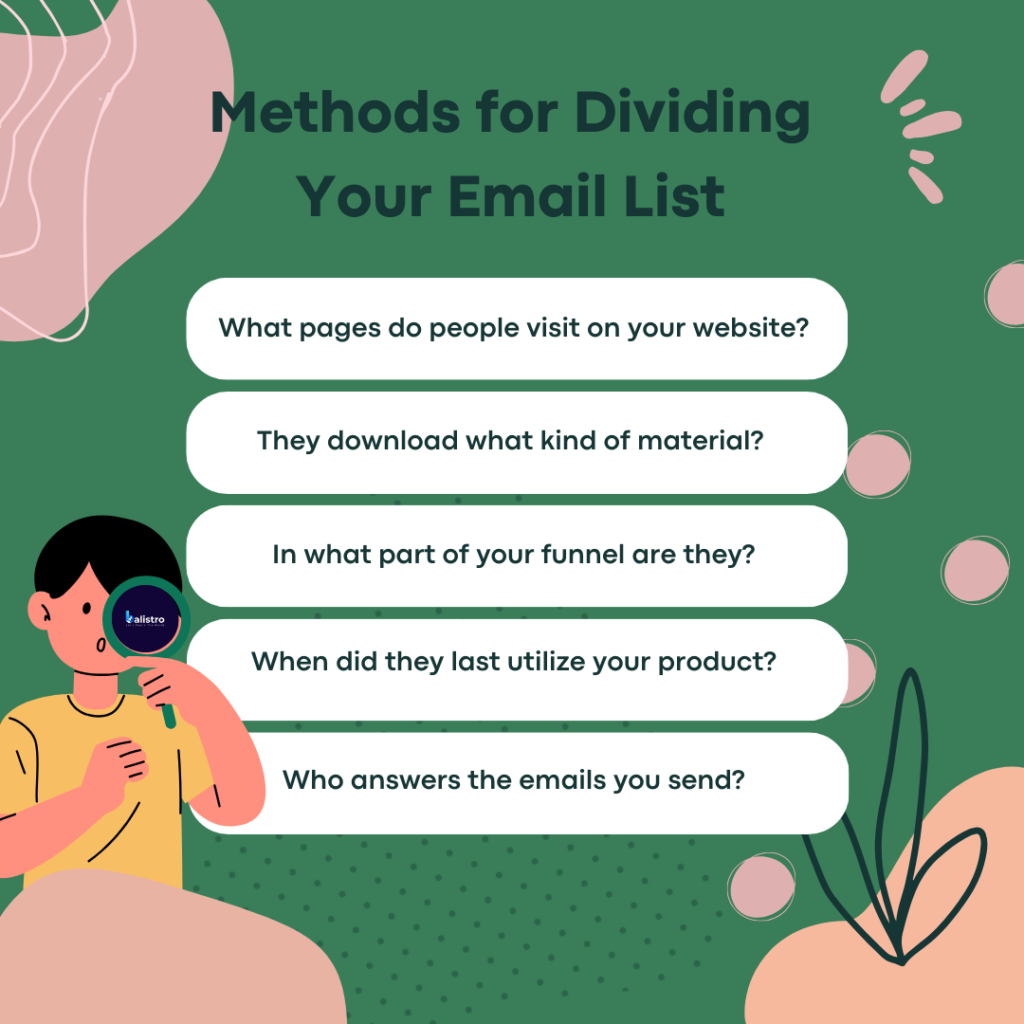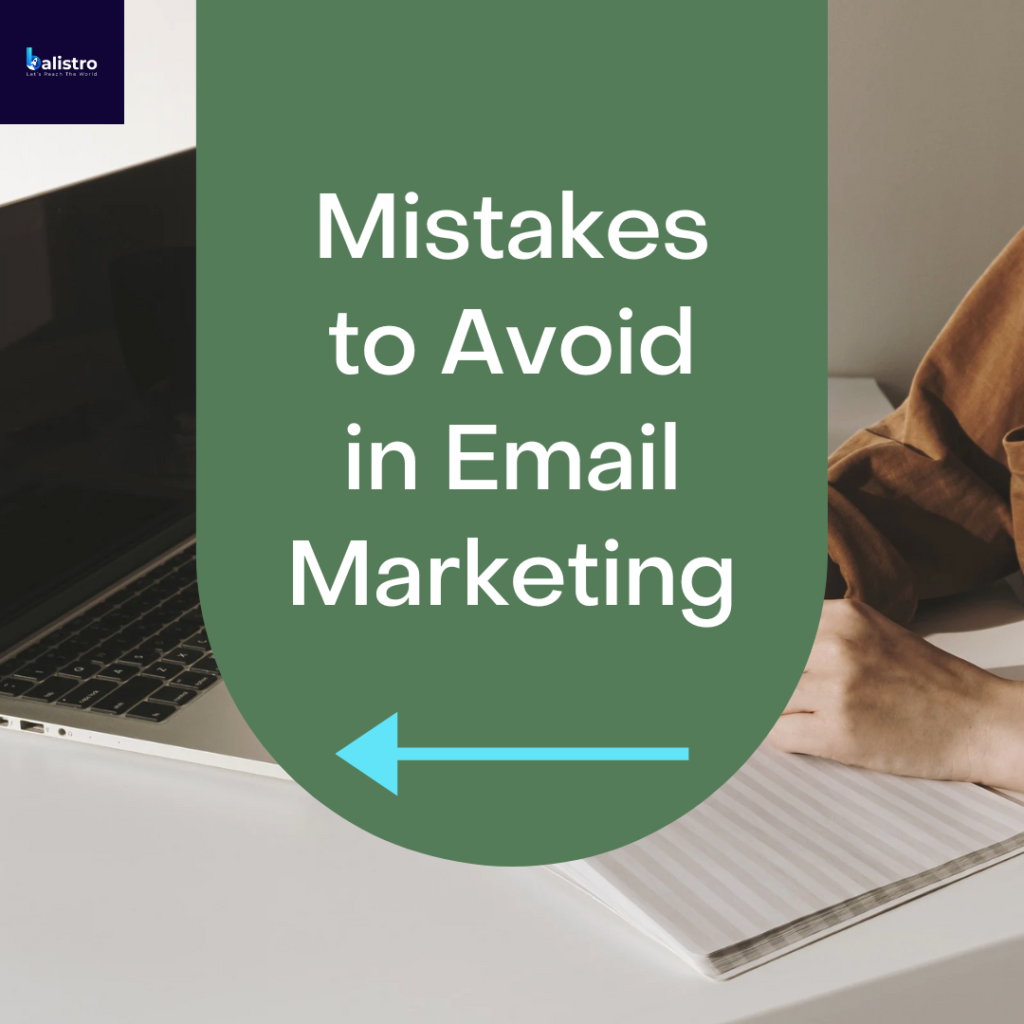I remember the very first time I tried email marketing. It was just a few simple emails sent to a small list of subscribers. Honestly, I didn’t expect much from it at all. I figured it would just be another thing to check off the list—like, “Yeah, we sent the emails, now we wait.” But when the results started coming in, I was blown away. People were not only opening the emails, they were engaging, clicking through, and even making purchases. That’s when I realized how powerful email marketing can be.
So if you’re just starting out with email marketing, know this: it may seem simple, but it can be one of the most effective tools in your marketing toolkit. In this guide, we’ll walk through the basics—step by step—so that by the end, you’ll feel confident enough to launch your first campaign.

1. What is Email Marketing?
In the simplest terms, email marketing is sending emails to people with the aim of promoting something—whether that’s your products, services, or even just providing valuable information. But it’s so much more than that. Unlike social media posts that might get lost in the noise, emails are direct and personal. You’re showing up right in someone’s inbox, and if done right, it feels like a conversation.
When we first started, we had a pretty narrow view of what email marketing was. We thought it was just about sending promotions and hoping for the best. Over time, we realized that email marketing is about building relationships, nurturing leads, and consistently offering value to your audience. And the best part? You own your email list—unlike social media followers—so it’s something you can always rely on.
2. Why Email Marketing Still Matters in 2024
You might wonder, in this age of social media, does email marketing still matter? Absolutely! Despite the rise of platforms like Instagram, TikTok, and others, email remains one of the most reliable ways to reach your audience directly. In fact, studies show that email marketing can deliver an ROI of $42 for every $1 spent—one of the highest returns of any marketing strategy.
I’ll be honest: there was a time when we thought social media would completely replace email marketing. But we quickly learned that email has a unique advantage—personalization. While social media is great for general awareness, email allows you to speak directly to each individual on your list. We’ve seen firsthand how personalized email campaigns can consistently drive the highest conversions, whether for sales, registrations, or website traffic.
3. Types of Email Campaigns You Can Run
Now that we know email marketing is worth it, let’s talk about the different types of email campaigns you can run. Here are the most common types:
– Newsletters: Regular updates that keep your audience informed about what’s going on with your business.

– Promotional Emails: These are designed to sell, whether it’s promoting a sale, a new product, or an exclusive offer.
– Transactional Emails: Automatically sent emails like order confirmations or shipping updates.
When we first dipped our toes into email marketing, we started with a simple welcome email series. It was just a sequence of three emails sent to new subscribers. To our surprise, it had a 50% higher engagement rate compared to single promotional emails. It was proof that a well-thought-out series of emails could keep people interested and coming back for more.
4. How to Build Your Email List from Scratch
Growing your email list from zero can feel like an uphill battle, but there are proven strategies to help you along the way. One of the most effective ways is by using a lead magnet—offering something valuable, like a free eBook or a discount, in exchange for a person’s email address. You can promote this on your website, blog, and social media.
At first, we struggled to build our list. It felt like we were stuck at 100 subscribers forever. But when we started offering exclusive content—things people couldn’t get anywhere else—our list exploded from 100 to 1,000 subscribers in just a few months. If you provide value upfront, people will be eager to hear more from you.
5. Crafting the Perfect Email: Design, Copy, and Timing
Once you have an email list, the next step is crafting an email that people actually want to open and read. There are three main elements to a great email: design, copy, and timing.

– Subject Line: The subject line is the first thing people see, so it needs to grab attention quickly. Keep it short, intriguing, and to the point. For example, we once changed a subject line from “Exciting Offer Inside” to something more personalized, “You’ll Love This Exclusive Deal Just for You,” and saw a 30% increase in our open rates.
– Body Copy: The message inside your email should be clear, concise, and focus on delivering value. Whether you’re offering a promotion or sharing tips, make sure your content is easy to read and understand.
– Timing: The time you send your email also matters. If you’re a beginner, experiment with different times of day to see when your audience is most responsive.
6. The Importance of Personalization and Segmentation
Imagine receiving an email that feels like it was written just for you—that’s the power of personalization. By segmenting your email list based on things like user behavior, interests, or location, you can send emails that are more relevant to each subscriber.
We had one client who was hesitant to segment their list. But after convincing them to try, they saw a 3x increase in sales simply by tailoring their offers based on customer preferences. Segmentation isn’t just about increasing sales, though—it builds trust with your audience, showing them that you understand their needs.
7. Measuring Success: Metrics You Should Track
It’s important to measure how well your email campaigns are performing, and there are a few key metrics to keep an eye on:
– Open Rate: The percentage of people who open your email.
– Click-Through Rate (CTR): The percentage of people who clicked on a link inside your email.
– Conversion Rate: The percentage of people who completed the desired action, like making a purchase or signing up for something.
– Unsubscribe Rate: How many people opted out of your list after receiving an email.
I’ll never forget one campaign we ran that only had a 15% open rate, which initially felt like a failure. But when we dug deeper, we realized that those who did open the email had a 50% click-through rate. This taught us that engaged readers matter more than just a large list.
8. Avoiding Common Email Marketing Mistakes
As a beginner, it’s easy to fall into some common email marketing pitfalls. Here’s what to avoid:

– Overloading inboxes: Sending too many emails can annoy your audience, causing unsubscribes.
– Ignoring mobile users: Most people check their emails on their phones, so make sure your emails are mobile-friendly.
– Not testing: Always A/B test different subject lines, designs, and send times to see what works best.
Early in our journey, we made the mistake of sending way too many emails, thinking that more was better. What we didn’t realize was that we were pushing people away. After seeing a spike in unsubscribes, we adjusted our strategy and focused on quality over quantity.
9. Tools and Platforms to Get You Started
When you’re just starting out, the right tools can make all the difference. Luckily, there are plenty of user-friendly platforms that are perfect for beginners:
– Mailchimp: A great option for its ease of use and free tier.
– Constant Contact: Known for its excellent customer support.
– ConvertKit: Ideal for creators and bloggers looking to build and nurture an audience.
We’ve tried many tools, but in the beginning, Mailchimp was our go-to because it allowed us to set up our first campaigns quickly without getting overwhelmed by complicated features.
TL;DR
– Email marketing is still one of the most effective channels for reaching and engaging your audience in 2024.
– Start by building your email list using lead magnets and promoting sign-ups on your website and social media.
– Craft emails with attention-grabbing subject lines, clear copy, and a focus on delivering value.
– Personalize and segment your emails to increase engagement.
– Track your success by monitoring open rates, click-through rates, and conversions.
– Avoid common mistakes like sending too many emails or ignoring mobile optimization.
– Use beginner-friendly tools like Mailchimp or Constant Contact to get started.
You don’t need to be an expert to start seeing great results with email marketing. Take it one step at a time, and you’ll be amazed at how quickly your efforts can pay off!
At Balistro, we specialize in helping businesses grow through effective digital marketing strategies. From Google Ads to Meta Ads, we deliver data-driven campaigns that maximize your ROI and drive real results. If you’re looking to boost your online presence, generate leads, or scale your e-commerce business, our expert team is here to help. Contact us today to learn more about how we can support your advertising needs!



